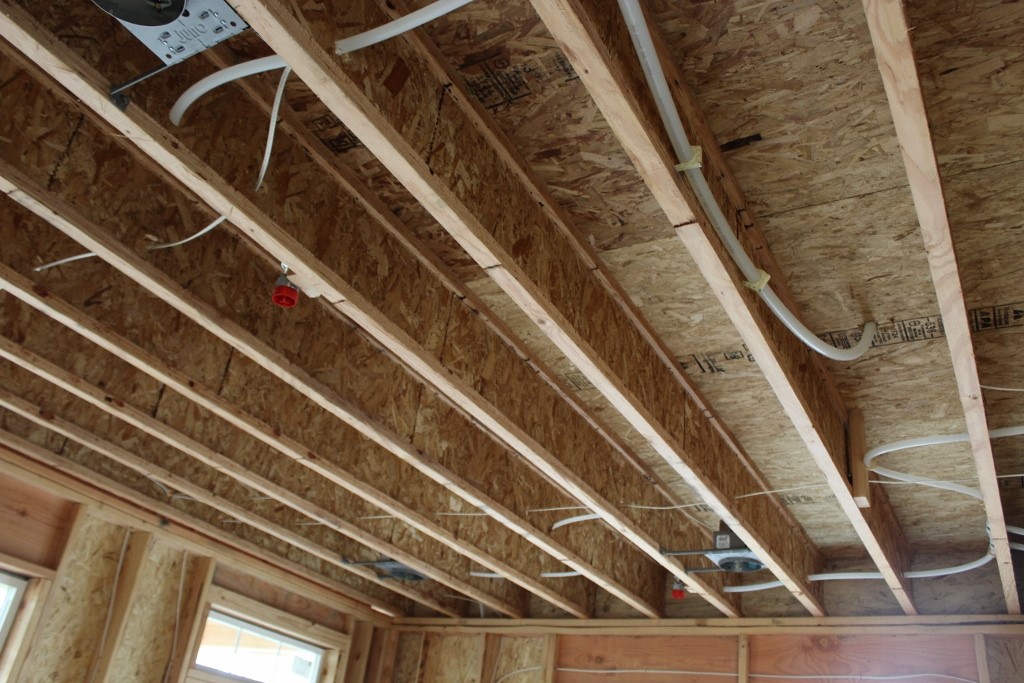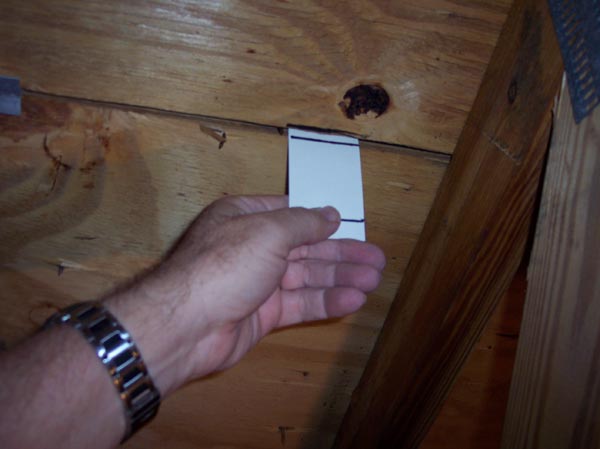It s so important that you have to arm yourself with knowledge and know everything there is to know so you ll know the best way to utilize it for your roof.
Mixing roof plywood thicknesses.
Plywood has an odd number of plies and needs at least three plies.
Plywood thickness ranges from 0 4mm 100mm.
Rafters run from the peak of the roof.
Although specialty plywood can have any number of plies above three most plywood is categorized as 3 ply 5 ply or multi ply.
Softwood plywood typically used for rough framing comes in 4 x 8 feet 1220 x 2438 millimeters sheets.
But the common plywood is 3 2mm 21mm.
Chart represents most common plywood sheet sizes in inches imperial system and millimeters metric dimensions.
Nominal thickness and actual thickness of plywood.
Roofs are framed with rafters or trusses which are rafters joined by internal braces so they install as a single component.
Baltic birch plywood is a particularly fine grade of plywood that is manufactured primarily for the european market.
There two plywood thickness.
Nominal thickness is the thickness by which the is generally called or sold in trade actual thickness means the real thickness of a plywood.
On more modern homes roof decks are more often seen with laminated panels of plywood or non laminated oriented strand boards osb.
What is the actual thickness of a sheet of plywood.
Most of plywood sheets available in different thicknesses.
Sheathing should be a minimum of 19 32 inch thick.
A ply refers to a layer of veneer used to create plywood s various thicknesses.
The materials can range anywhere from asphalt wood metal clay or even glass.
Nominal thickness and actual thickness.
While it s not the main material for the roof itself roofing plywood is an important part in a roofing structure.
Never attach roof sheathing with staples.
The typical thickness range for sheathing is 3 8 to 3 4 inch.
A 3 4 sheet is actually 23 32 thick.
Roof sheathing comes in grid marked 4 by 8 foot sheets and should be installed perpendicular to the frame.
8d ring shank nails should be used instead.
More ply creates a thicker and stronger board.
Because the actual thickness may vary measuring the plywood is the only accurate way to determine its thickness.
Plywood is often sold in 1 4 1 2 or 3 4 nominal thicknesses but the actual thickness is often 1 32 thinner.
The minimum plywood for roofing.









